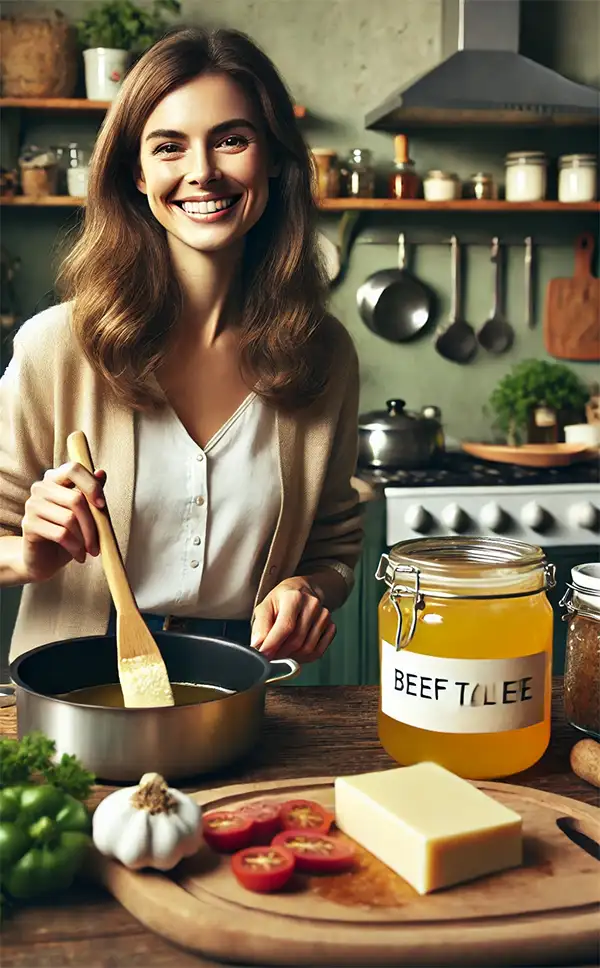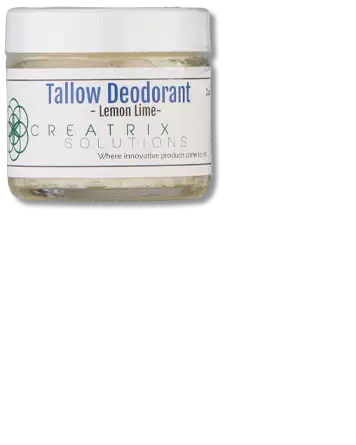A Sizzling Celebration of Culinary Nostalgia
Every year on July 13th, food enthusiasts and culinary historians unite to celebrate Beef Tallow Day. This day is dedicated to appreciating the rich, flavorful, and oh-so-greasy goodness of beef tallow—a traditional cooking fat that has made a grand comeback in kitchens worldwide. Whether you’re a gourmet chef, a home cook, or someone who just loves a good fry-up, Beef Tallow Day is the perfect occasion to dive into the savory history and delicious uses of this golden fat.
What is Beef Tallow?
Beef tallow is the rendered fat from cattle, a cooking ingredient cherished for its versatility and rich flavor. The rendering process involves slowly heating the fat until it melts, then straining it to remove any impurities. This results in a smooth, creamy fat that solidifies at room temperature but melts into a liquid form when heated.
Historically, beef tallow was a staple in kitchens around the world. Its high smoke point, which is the temperature at which fat begins to break down and smoke, makes it ideal for frying and high-heat cooking. Unlike many modern vegetable oils that can degrade and release harmful compounds at high temperatures, tallow remains stable and imparts a rich, savory flavor to foods.
 But tallow's uses extend far beyond the frying pan. In baking, it can be used as a substitute for butter or shortening, resulting in pastries that are exceptionally flaky and tender. Its unique texture and flavor profile add a distinctive touch to baked goods that modern fats simply can't replicate.
But tallow's uses extend far beyond the frying pan. In baking, it can be used as a substitute for butter or shortening, resulting in pastries that are exceptionally flaky and tender. Its unique texture and flavor profile add a distinctive touch to baked goods that modern fats simply can't replicate.
Beyond cooking, beef tallow has a variety of uses. In the past, it was a key ingredient in making candles and soap. Tallow candles were widely used before the advent of electric lighting, valued for their bright, steady flame. Traditional soap makers also prized tallow for its ability to create hard, long-lasting bars of soap with excellent lathering properties. Even today, many artisanal soap makers include tallow in their recipes for its skin-conditioning benefits.
In recent years, beef tallow has enjoyed a resurgence in popularity. Health-conscious cooks have started to appreciate it as a natural, minimally processed fat. Unlike many industrially produced oils and margarines, tallow is free from trans fats and often comes from grass-fed cattle, which can have a more favorable fatty acid profile. This revival is part of a broader trend toward traditional cooking methods and ingredients, reflecting a growing appreciation for foods that are both nutritious and flavorful.
So, whether you're frying, baking, or even crafting homemade soap, beef tallow is a versatile and valuable ingredient that brings a touch of culinary history into your kitchen.
A Brief History of Beef Tallow
Before the advent of modern vegetable oils and margarine, animal fats like beef tallow were the go-to cooking fats. They were prized for their stability, flavor, and availability. Here’s a quick timeline of beef tallow’s rise, fall, and resurgence:
1. The Golden Age: In the 19th and early 20th centuries, beef tallow was ubiquitous in kitchens across the world. It was used in everything from frying to baking, and even McDonald’s French fries were famously cooked in tallow until the 1990s.
2. The Decline: With the rise of vegetable oils and the cholesterol scare of the late 20th century, beef tallow fell out of favor. Health experts touted vegetable oils as healthier alternatives, and tallow was largely replaced by these new oils.
3. The Resurgence: Recently, beef tallow has experienced a revival, thanks to the growing interest in traditional cooking methods, the paleo diet, and the quest for healthier, more natural fats. Many chefs and home cooks have rediscovered tallow’s unique flavor and cooking benefits.
The Culinary Magic of Beef Tallow
Beef tallow is a versatile ingredient that can transform your cooking. It has a high smoke point, making it perfect for frying. Imagine crispy French fries or fried chicken with an extra dimension of flavor. Roasting with tallow is another delight; vegetables and meats gain a deep, savory taste. If you’re adventurous, try baking with tallow for flaky, tender pastries.
The beauty of beef tallow lies in its ability to bring out the best in simple dishes. Sautéing vegetables, meats, or seafood in tallow can elevate your stovetop cooking. Its rich flavor and heat tolerance make every meal a little more special. Plus, it’s a sustainable choice, making use of a byproduct that would otherwise go to waste.
Fun and Quirky Facts About Beef Tallow
Did you know that in the 18th and 19th centuries, beef tallow was commonly used to make candles? These tallow candles were cheaper than beeswax ones, though they had a unique aroma when burned. Tallow also plays a starring role in traditional soap making, producing hard, long-lasting bars with excellent lather.
Interestingly, medieval medicine once held tallow in high regard. People used it in balms and salves to treat wounds and skin conditions, believing in its healing properties. Even today, artisanal soap makers appreciate tallow for its natural benefits.
Celebrating Beef Tallow Day
So, how should you celebrate Beef Tallow Day? Start by exploring the culinary potential of this fantastic fat. Try frying up some crispy French fries or roasting your favorite veggies with tallow for that rich, savory flavor. If you’re feeling creative, use tallow in your baking for a unique twist.
Share your beef tallow creations with friends and family. Host a cooking party where everyone brings a dish made with tallow. It’s a great way to introduce others to this versatile fat and celebrate its place in culinary history.
Beef Tallow Day is all about rediscovering and enjoying a traditional cooking fat that adds a unique flavor to your dishes. So, fire up the stove, get a little greasy, and savor the deliciousness of beef tallow! Happy Beef Tallow Day!
Please Share our Content






 But tallow's uses extend far beyond the frying pan. In baking, it can be used as a substitute for butter or shortening, resulting in pastries that are exceptionally flaky and tender. Its unique texture and flavor profile add a distinctive touch to baked goods that modern fats simply can't replicate.
But tallow's uses extend far beyond the frying pan. In baking, it can be used as a substitute for butter or shortening, resulting in pastries that are exceptionally flaky and tender. Its unique texture and flavor profile add a distinctive touch to baked goods that modern fats simply can't replicate.








 "Sláinte!" is a traditional Irish expression used as a toast, equivalent to "Cheers!" in English.
"Sláinte!" is a traditional Irish expression used as a toast, equivalent to "Cheers!" in English.